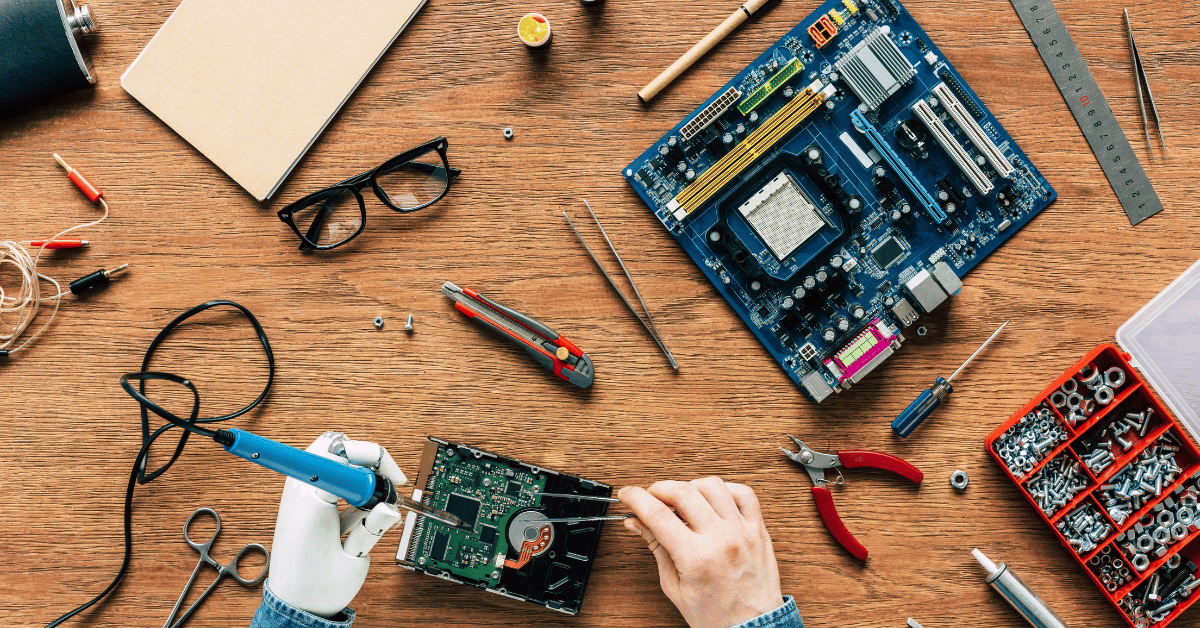Connecting a hard drive to a projector can be a convenient way to enjoy multimedia content directly from your storage device without the need for additional devices. Many projectors come equipped with USB ports, which may make you wonder if you can connect your hard drive to the projector via USB. In this article, we will explore whether it is possible to connect a hard drive to a projector using a USB connection. We will delve into the advantages, limitations, and potential considerations involved in connecting your hard drive to your projector. Discover the possibilities of expanding your media playback options and turning your projector into a versatile entertainment hub.
Table of Contents
Can I Connect My Hard Drive to My Projector USB?
In the world of multimedia entertainment, projectors have become increasingly popular for creating immersive viewing experiences on larger screens. With advancements in technology, projectors now offer various connectivity options, including USB ports. This begs the question: Can you connect your hard drive to your projector via USB? In this blog article, we will explore the possibilities and limitations of connecting a hard drive to a projector using a USB connection. We will delve into the advantages, considerations, and potential solutions to help you make the most of multimedia playback directly from your hard drive on the big screen.
Understanding USB Connectivity on Projectors:
Many modern projectors come equipped with USB ports, typically labeled as USB Type-A or USB Type-B. These ports are primarily designed for connecting peripheral devices such as USB flash drives, smartphones, or tablets. However, the ability to connect a hard drive directly to the projector via USB depends on several factors, including the projector model, its USB capabilities, and the file system compatibility.
- File System Compatibility: Projectors typically support specific file systems for USB playback. The most commonly supported file systems are FAT32 and exFAT. Ensure that your hard drive is formatted using a compatible file system. If your hard drive uses a different file system, you may need to reformat it to ensure compatibility.
- Power Considerations: One crucial consideration is whether the projector’s USB port can provide enough power to operate your hard drive. Some projectors may have limited power output through their USB ports, which may not be sufficient to power larger external hard drives. In such cases, you may need to use an external power source for your hard drive or consider alternative connectivity options.
- Multimedia Playback Support: Even if your hard drive is compatible with the projector’s USB port, the projector’s built-in media player may have limitations in terms of supported file formats and codecs. Ensure that your media files are in compatible formats for seamless playback.
Alternative Solutions:
If your projector’s USB port does not provide the necessary power or lacks compatibility, there are alternative solutions to connect your hard drive for multimedia playback:
- HDMI or VGA Connection: Most projectors offer HDMI or VGA inputs, allowing you to connect external devices such as laptops, media players, or streaming devices. Utilizing these connections, you can connect your hard drive to the projector via an intermediary device like a media player or a laptop.
- Wireless Streaming: Some projectors support wireless connectivity options like Wi-Fi or Bluetooth. By leveraging wireless streaming technologies, you can connect your hard drive to a compatible media streaming device or use screen mirroring functionalities to project the content wirelessly.
What format does a USB need to be for a projector?
The required format for a USB drive to be compatible with a projector can vary depending on the specific model and brand of the projector. However, the most commonly supported file system formats for USB playback on projectors are FAT32 and exFAT.
FAT32 is a widely supported file system that is compatible with most projectors. It has a maximum file size limit of 4GB and is compatible with both Windows and Mac operating systems. FAT32 is recommended if you primarily use files that are smaller than 4GB in size.
exFAT, on the other hand, is a newer file system that offers compatibility with larger file sizes and is suitable for multimedia files that may exceed the 4GB limit of FAT32. It is also compatible with both Windows and Mac operating systems.
When preparing a USB drive for use with a projector, it is important to note that the drive should be formatted using the appropriate file system. To format a USB drive, connect it to your computer and access the Disk Management tool on Windows or the Disk Utility tool on Mac. From there, you can select the USB drive and choose the format option, selecting either FAT32 or exFAT.
However, it is recommended to consult the user manual or specifications of your specific projector model to confirm the supported file system format. Some projectors may have limitations or specific requirements, so it is always best to follow the manufacturer’s guidelines for optimal compatibility.
By ensuring that your USB drive is formatted using the supported file system format, you can maximize the chances of seamless playback and enjoy your multimedia content on the projector with ease.
Conclusion
While connecting a hard drive to a projector via USB may offer convenient multimedia playback options, it is essential to consider the compatibility of your hard drive, the file system, and the power requirements of the projector’s USB port. Assessing these factors will help determine whether connecting your hard drive directly to the projector is feasible. Alternatively, utilizing HDMI or VGA connections or exploring wireless streaming options can provide viable solutions for accessing your hard drive’s content on the projector. Always refer to your projector’s user manual and explore the available connectivity options to make the most of your multimedia experience on the big screen.

